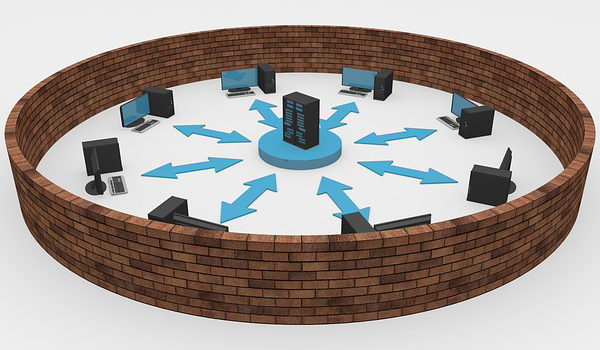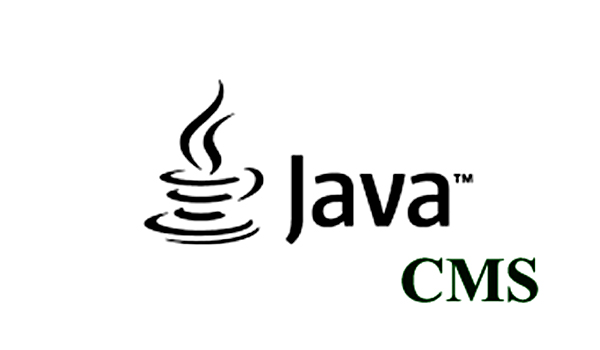Content Delivery Network
A content delivery network (CDN) is a network of servers that is distributed across the globe to work together in order to deliver content to users more efficiently and quickly.
Updated: November 24, 2023

A content delivery network (CDN) is a network of servers that is distributed across the globe to work together in order to deliver content to users more efficiently and quickly. It works by caching and storing copies of the static content, such as images, videos, scripts, and other files of a website on servers distributed worldwide.
The CDN selects the server closest to the user and delivers the content from there when a user requests content from the website, reducing the distance the data must travel and improving the user experience. CDNs can also help improving the performance and reliability of a website by reducing the load on the origin server of website. Fast and reliable web content can be delivered to users worldwide by using CDNs.
Content delivery network (CDN) software is used by many organizations to improve website performance and ensure efficient content delivery.
Traditional CDNs, Peer-to-peer CDNs, Dynamic site acceleration (DSA) CDNs, Video streaming CDNs and Hybrid CDNs are different types of content delivery networks, each having unique features and benefits.
Improved website performance, higher availability and reliability, reduced bandwidth costs, better scalability and improved security are benefits of a content delivery network.
User should optimize website content, choose the right CDN, implement SSL/TLS encryption, monitor performance, optimize cache, use multiple CDNs and monitor security to ensure their CDN is optimized for performance, reliability, and security.
Types of content delivery networks
- Push-Based CDNs
- Pull-Based CDNs
- Peer-to-Peer CDNs
- Serverless or Edge Computing CDNs
- Video CDN
- Telco CDN
- Transparent CDNs
- Hybrid CDNs
- Traditional CDNs
- Dynamic Site Acceleration (DSA) CDNs




